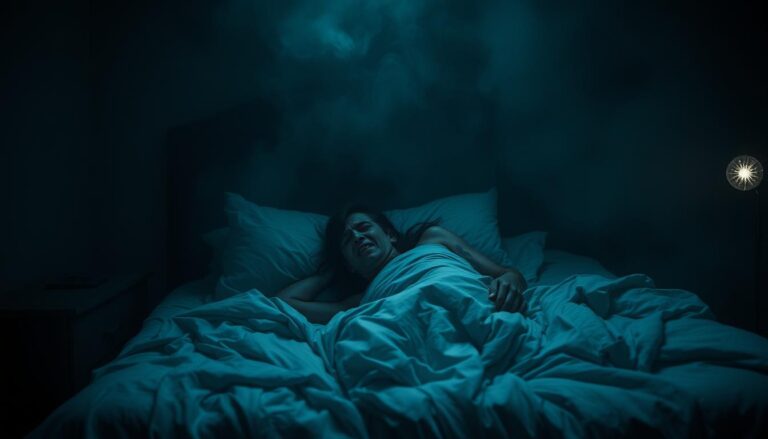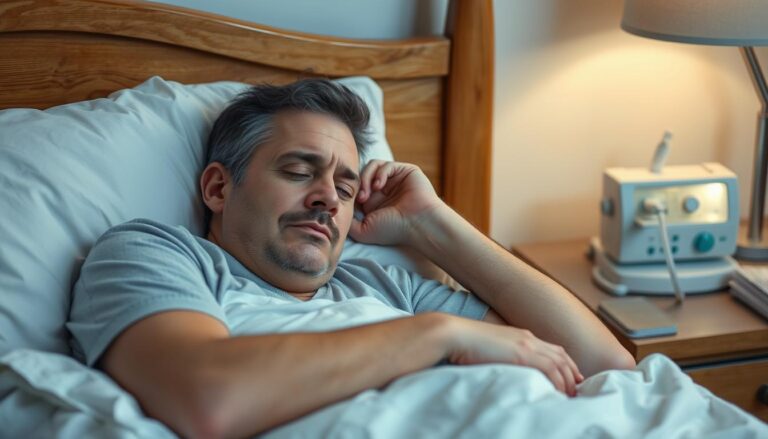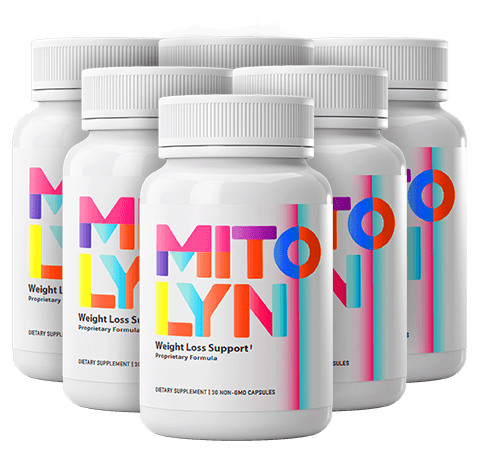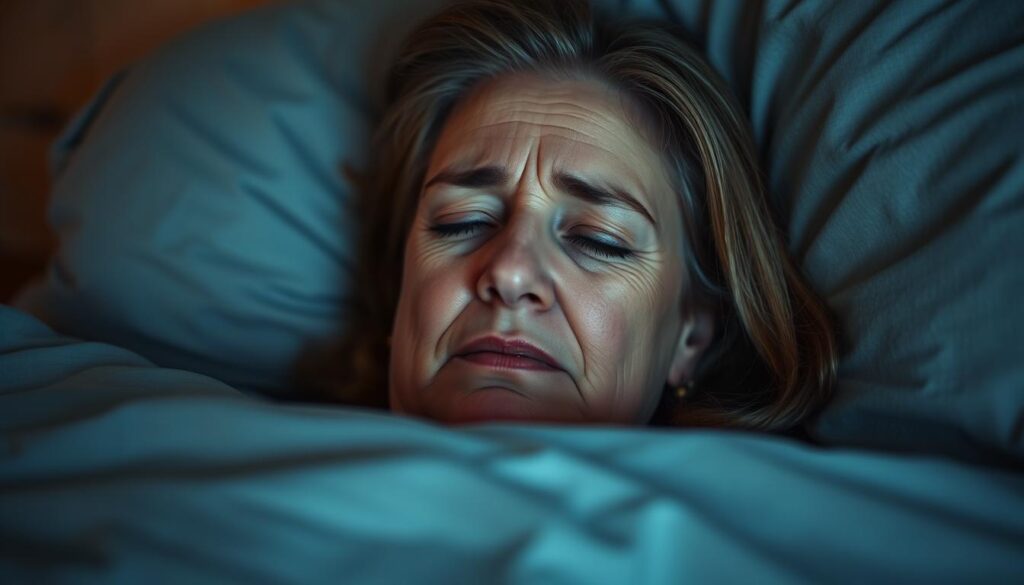
One in ten U.S. women live with obstructive sleep apnea (OSA), yet many don’t even know it. While 10% to 15% of American females have this condition, studies show women are far less likely to be diagnosed than men. Instead of the classic loud snoring seen in men, signs of sleep apnea in females often hide in subtler clues like morning headaches, mood swings, or unexplained fatigue.
After age 40, especially post-menopause, your risk skyrockets. Hormonal shifts and weight changes during this time can narrow airways, making sleep disruptions more common. Even a 16-inch neck circumference raises the danger, and obesity boosts your chances by 20-30%. Yet, these red flags in women’s sleep health are often brushed off as stress or aging.
Key Takeaways
- 1 in 10 U.S. women have sleep apnea, but many cases go undetected.
- Women over 40 face rising risks after menopause due to hormonal shifts.
- Signs like insomnia, headaches, and mood changes are common in females, not just snoring.
- Untreated OSA raises chances of heart disease, diabetes, and metabolic syndrome.
- Anatomical differences mean women often have partial airway blockages, masking the problem.
Understanding Sleep Apnea in Midlife Women
Midlife brings changes that can disrupt sleep in unexpected ways. Understanding sleep apnea symptoms starts with knowing how this condition works. Sleep apnea happens when breathing stops briefly during sleep, dividing into two types: obstructive (blocked airways) and central (brain signaling issues). Both types disrupt sleep cycles, leaving you feeling unrested.
Why Women Over 40 Are at Increased Risk
Menopause shifts hormone levels, stripping natural protection against sleep issues. Estrogen and progesterone drops weaken throat muscle tone and breathing control. Studies show postmenopausal women face 3.5x higher risk of severe sleep apnea than younger peers. Even BMI-matched groups show postmenopausal women gain 0.11kg more visceral fat—a key risk factor linked to 3.79x higher OSA odds.
| Menopausal Stage | OSA Symptoms (%) | Visceral Fat (kg) |
|---|---|---|
| Premenopausal | 36.01% | 0.52 |
| Postmenopausal | 53.39% | 0.63 |
The Hidden Epidemic in Women’s Health
- 90% of women with moderate/severe sleep apnea remain undiagnosed
- 46% of sufferers develop depressive symptoms
- Heart disease risk rises 30% with untreated cases
These stats highlight a critical lack of sleep apnea awareness. Doctors often miss symptoms like gasping breaths or morning headaches, which differ from men’s classic snoring patterns. With 20% of midlife women developing sleep disorders during menopause, this isn’t just tiredness—it’s a health emergency needing your attention.
How Sleep Apnea Presents Differently in Women
When it comes to sleep apnea symptoms in women over 40, the signs are not always easy to spot. Unlike what you might think, many women don’t snore loudly or gasp. This is why women’s sleep health issues are often missed.
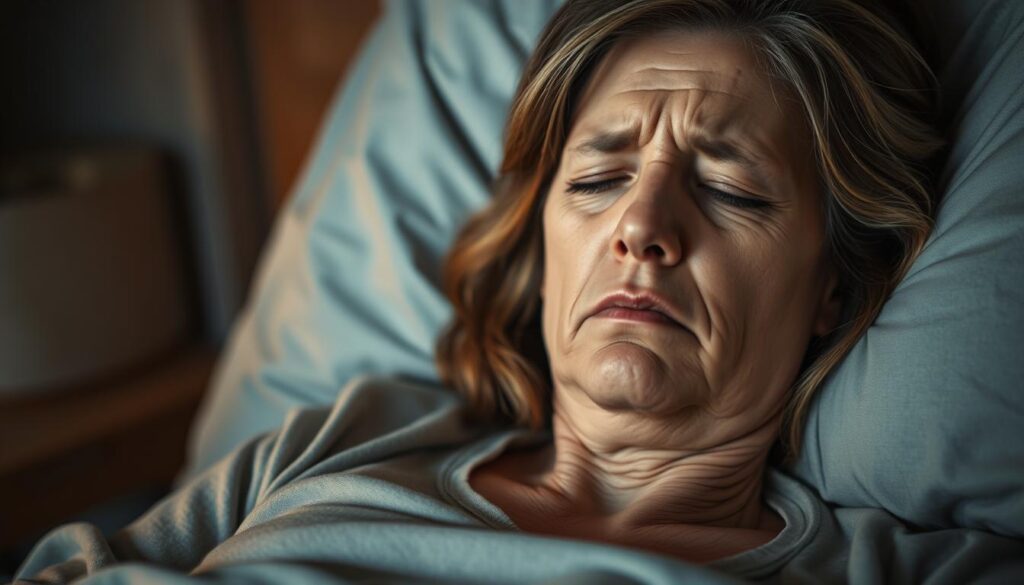
Gender Differences in Sleep Disorder Symptoms
Men with sleep apnea often make a lot of noise while sleeping. Women, on the other hand, might wake up with headaches or feel tired all day. They might also feel sad or anxious.
- Morning headaches
- Insomnia
- Depression or anxiety
- Daytime fatigue
Research shows 40% of women with OSA don’t snore. Hormonal changes, like those during menopause, can also affect breathing. This happens during the dream stage, not deep sleep.
Why Women’s Sleep Apnea Often Goes Undiagnosed
Doctors used to only look for symptoms seen in men. So, if you talk about mood swings or trouble sleeping, they might not listen. Up to 67% of postmenopausal women with OSA are told they’re stressed or depressed instead.
Women’s airways are smaller, and breathing issues happen more during dreams. This makes it hard to catch sleep apnea with tests made for men.
The Hormonal Connection to Sleep Breathing Disorders
Menopause lowers estrogen and progesterone, which help keep airways open. Without these hormones, airways can narrow more easily. Weight gain after menopause also increases the risk, as fat around the neck and waist affects breathing.
Even with the same weight, women can have more body fat before sleep apnea shows up. This means symptoms might not be noticed until they get worse.
Sleep Apnea Symptoms in Women Over 40
Understanding sleep apnea symptoms in women over 40 is key. Many women think tiredness or mood swings are just aging or menopause. But, these could be signs of a serious sleep problem. Here’s what to look out for.

- Nighttime signs: Restless sleep, mild snoring (61% of cases), frequent awakenings, or tossing/turning (60% report body movements).
- Daytime clues: Persistent tiredness even after 7+ hours of sleep, morning headaches (a common sleep disorder symptom), or trouble focusing on tasks.
“Women often describe their symptoms as ‘just stress’ or menopause effects, delaying diagnosis by years,” says Dr. Linda R. Jones, a sleep medicine specialist at the Mayo Clinic.
Important symptoms like insomnia (32% report difficulty falling asleep) or daytime sleepiness (24%) are often ignored. Hormonal changes during perimenopause increase risks—20% of women develop OSA during this phase. Even if you don’t snore loudly, symptoms like waking up gasping or needing to urinate at night (nocturia) are important too.
Did you know? 1 in 4 U.S. women over 40 are at high risk for obstructive sleep apnea. If you’ve had sleep disorder symptoms for months, don’t wait. Early diagnosis lowers risks of linked issues like hypertension (39% of OSA patients have it) or diabetes. Your health depends on recognizing these signs before they affect your heart or mental well-being.
Beyond Snoring: Subtle Signs You Shouldn’t Ignore
Many women miss signs of sleep apnea. Snoring gets attention, but signs of sleep apnea in females are often hidden. Morning headaches, mood swings, or trouble focusing are clues. Understanding sleep apnea symptoms helps link these signs to your sleep health.
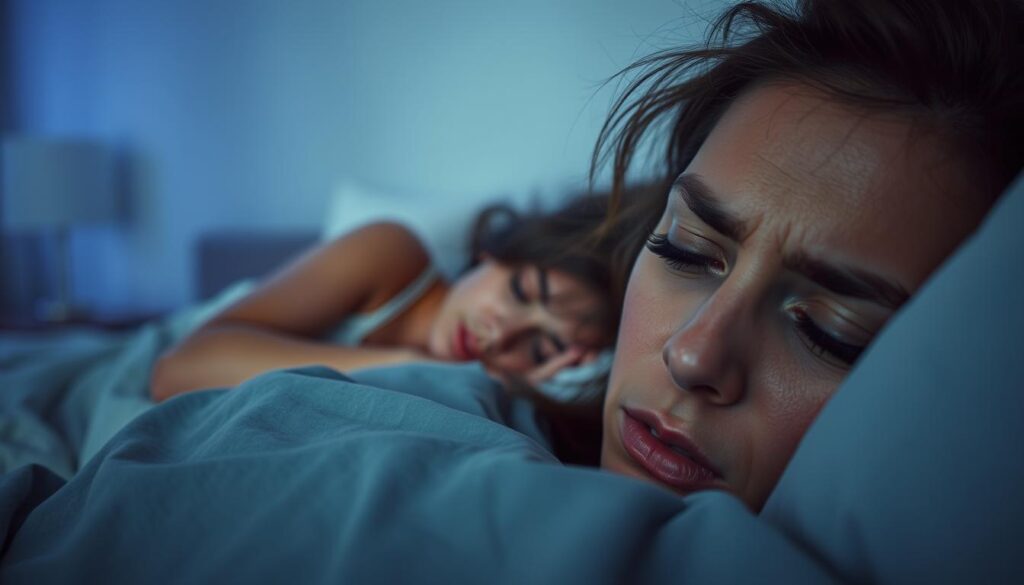
Morning Headaches and Fatigue
Do you wake up with tension headaches or jaw pain? These could be from low oxygen at night. Even with 7-8 hours of sleep, you might still feel tired. This can feel like being overworked or stressed.
Mood Changes and Irritability
Feeling anxious or sad without reason? These mood swings could be from poor sleep. Without treatment, these feelings can get worse. Ask if stress or menopause really cause your mood swings.
Concentration and Memory Issues
Having trouble focusing? Memory problems and “brain fog” might be from poor sleep. These are often blamed on aging or menopause. But they could also mean sleep apnea is affecting your brain.
Nighttime Symptoms You Might Not Connect to Sleep Apnea
- Nighttime urination: Waking to pee a lot isn’t just a bladder problem. It could be from sleep apnea.
- Restless legs: Leg tingling or discomfort at night might be linked to sleep breathing issues.
- Night sweats: Hot flashes are common in menopause. But too much sweating could mean sleep problems.
- Dry mouth: Waking up with a dry mouth? It might mean you’re breathing through your mouth at night because of blocked airways.
These symptoms are often overlooked. If you notice several of these signs, sleep apnea awareness is key. Talk to your doctor before thinking it’s just stress or menopause. Your health depends on seeing the whole picture.
Hormonal Changes and Their Impact on Your Sleep

Estrogen and progesterone are key for women’s sleep health. When these hormones drop, the risk for sleep apnea risks for women goes up. Postmenopausal women are two to three times more likely to get sleep apnea than younger women.
“Hormonal shifts during menopause disrupt airway stability and breathing patterns,” says Dr. Jane Smith, sleep specialist.
Estrogen helps control airway muscles, and progesterone helps with breathing. When these hormones drop, muscles relax too much. This blocks airflow.
The European Community Respiratory Health Survey found 48.6% of women snored. This is a sign of sleep apnea. Even a drop in progesterone increases gasping episodes during sleep by 9%.
- Progesterone drop raises nighttime breathing struggles
- Low estrogen links to weight gain around the neck, worsening apnea
- PCOS and thyroid issues amplify these hormonal risks
Don’t ignore these signals. Lifestyle changes like exercise and avoiding alcohol before bed can ease symptoms. Hormone replacement therapy (HRT) may help some, but results vary. Aim for 7-8 hours of sleep nightly and track changes in snoring or fatigue.
Raising sleep apnea awareness means knowing your body’s shifts. If symptoms like morning headaches or daytime exhaustion persist, talk to your doctor about testing. Early action protects your long-term health.
Getting Properly Diagnosed: What to Expect
Getting the right diagnosis of sleep apnea in women starts with knowing when to seek help. If you feel tired all the time, have headaches, or feel moody, see a doctor. Most sleep apnea cases are missed, and women’s sleep health is often ignored. Don’t wait to protect your health.
When to Talk to Your Doctor
- Notice unexplained daytime sleepiness, even after 7-8 hours of rest?
- Do you wake up with a dry mouth, sore throat, or chest pain?
- Has a partner noticed loud snoring, gasping, or pauses in breathing?
Keep a sleep diary for 2-3 weeks to track these patterns. Share it with your doctor to start the conversation about sleep apnea awareness.
Sleep Studies and Other Diagnostic Tools
Testing may involve:
- Home sleep test (HST): Measures oxygen levels, heart rate, and breathing effort while you sleep at home.
- Lab-based polysomnography (PSG): Monitors brain waves, eye movements, and limb movements in a sleep center.
Results determine your Apnea-Hypopnea Index (AHI). Scores ≥5 indicate mild apnea; ≥15 is moderate to severe. Remember: Women often have lower AHI scores but still need treatment.
Advocating for Yourself in Healthcare
Women face higher misdiagnosis rates—up to 40% of OSA cases in women are initially mistaken for anxiety, fatigue, or depression. Here’s how to push for answers:
- Ask for a referral to a sleep specialist if your concerns are dismissed.
- Request both in-lab and home sleep tests to confirm results.
- Bring this article or studies to appointments as a discussion tool.
Your voice matters. Insist on a full evaluation of your women’s sleep health to avoid being misdiagnosed. Knowledge is your best tool.
Treatment Options Tailored for Women’s Needs
Finding the right sleep apnea treatment options begins with a correct diagnosis of sleep apnea in women. Women often face special challenges, like trouble with CPAP masks or being misdiagnosed. Here’s how to find solutions that fit you:
- CPAP Therapy, Evolved: New devices like the ResMed AirSense™ 10 AutoSet for Her have lower pressures. They also have AutoRamp™ to help you get used to them. Studies show CPAP can lower heart risks and improve sleep.
- Oral Appliances: Mandibular Advancement Splints (MAS) are small and work well for mild cases. They can reduce symptoms by 53% in EPAP therapy studies.
- Weight Management: The FDA-approved Zepbound helps with weight loss. It cuts OSA events by 20–23.8% in 52 weeks. Adding positional therapy (sleeping on your side) can also help.
- Therapy for CSA: Adaptive Servo-Ventilation (ASV) adjusts airflow as needed, perfect for central sleep apnea.
Women often need custom solutions. For example, maxillomandibular advancement surgery can reduce symptoms by 87% in severe cases. Simple steps like avoiding alcohol or doing throat exercises daily can also help.
If CPAP discomfort has been a problem, remember: 50% of users stop because of fit issues. New machines now consider longer sleep times and pressure preferences. Talk to your doctor about adjustable options—your health depends on it. Early treatment of sleep apnea risks for women can prevent heart or brain problems. Don’t let shame or discomfort stop you. Getting diagnosed is the first step to finding relief that’s right for you.
Conclusion
Raising sleep apnea awareness is key for women over 40. Many cases are missed, with 80% going undiagnosed. Symptoms like feeling tired or moody should not be ignored.
Up to 15% of North American women have OSA. And 41% in high-risk groups get high blood pressure. This shows sleep apnea risks for women need urgent action.
Early detection leads to sleep apnea treatment options like CPAP therapy or managing weight. Even without loud snoring, factors like menopause or a BMI over 35 increase risk. Studies show the right care can reduce symptoms and boost energy.
Don’t let past dismissals stop you. New tools better spot women’s unique symptoms. The right treatment can make nights restful again.
Your health depends on taking action. If you’re menopausal, overweight, or tired without reason, ask for a sleep check. Don’t accept poor sleep as part of aging.
With proper diagnosis, you can manage risks and enjoy better mornings. Prioritize your well-being—your mind and body will thank you.







